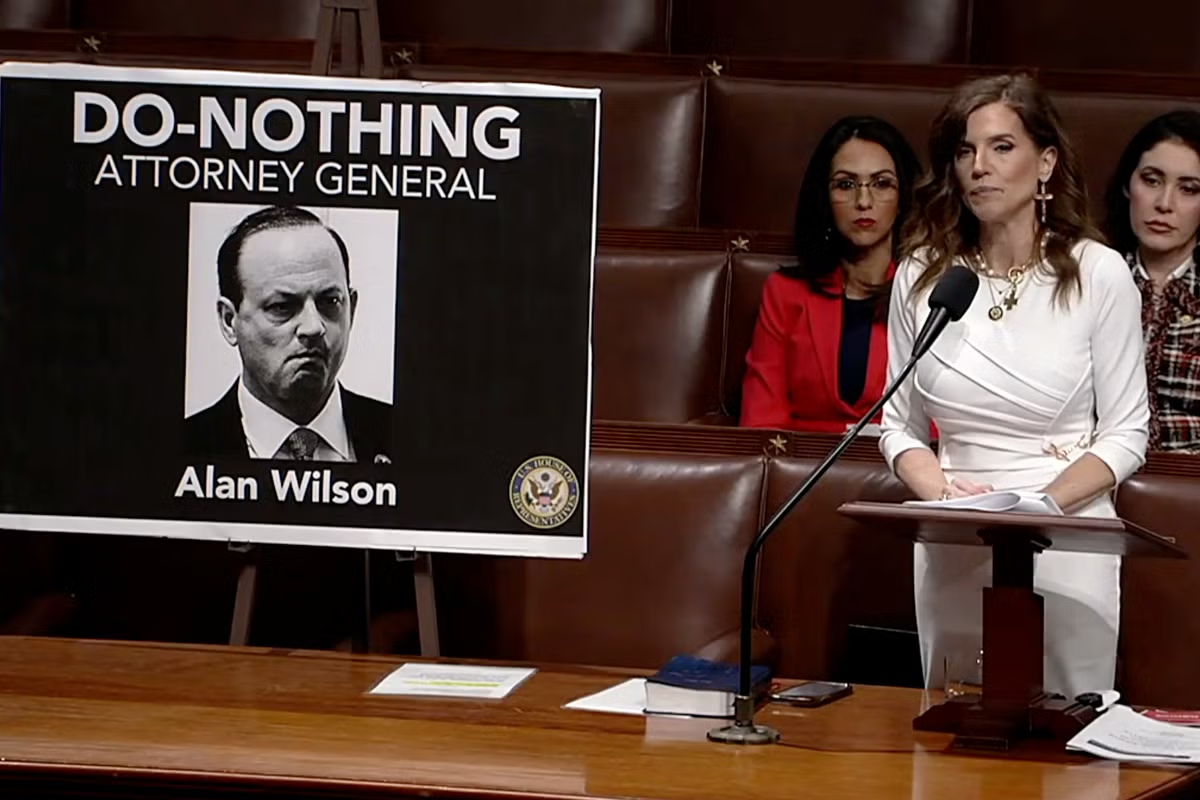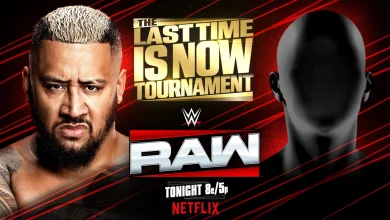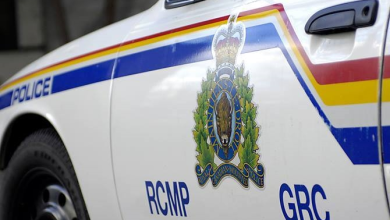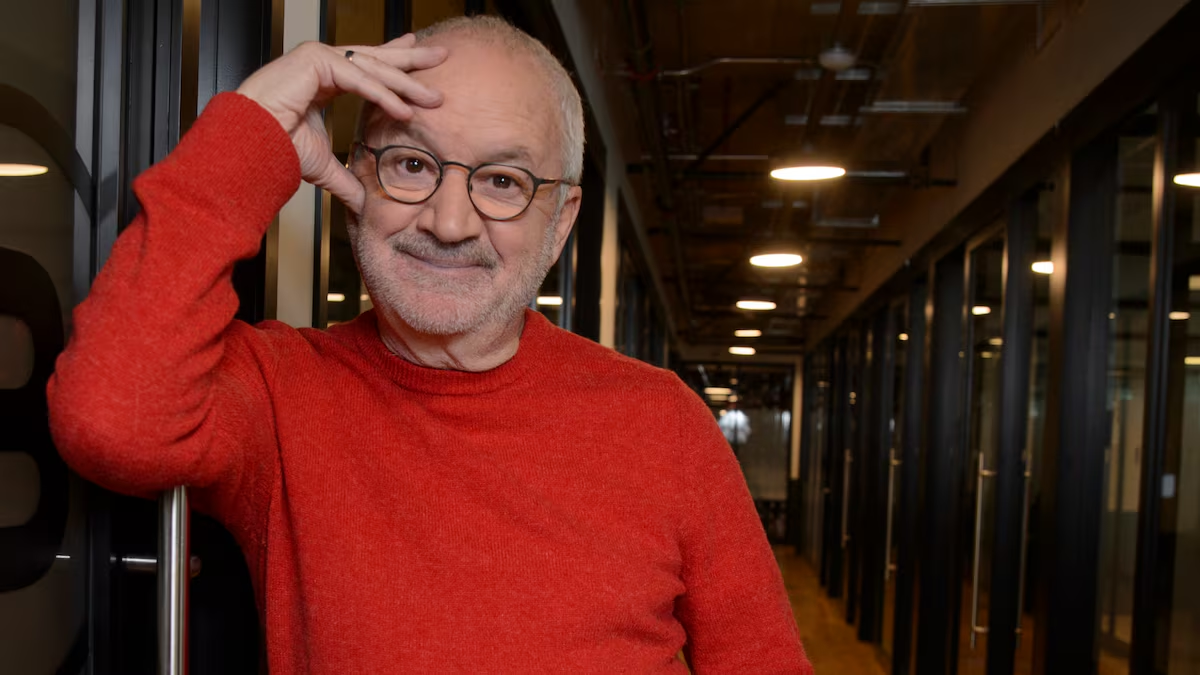Ukraine ‘coalition of the willing’ reportedly planning to meet after confusion, dissension over peace plan
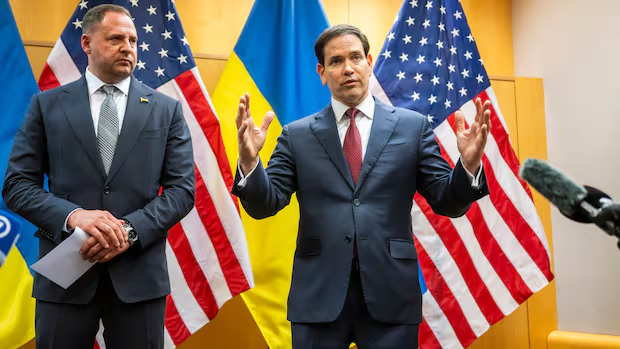
The United States and Ukraine sought on Monday to narrow the gaps in a peace plan to end the war with Russia after agreeing to modify a U.S. proposal that Kyiv and its European allies saw as a Kremlin wish list.
The White House and Kyiv said in a joint statement they had drafted a “refined peace framework” after a first day of talks in Geneva on Sunday, though they did not provide specifics.
Ukraine’s delegation to the talks with U.S. officials in Switzerland was returning home on Monday to report back, President Volodymyr Zelenskyy said.
The United States blindsided Kyiv and European countries with a 28-point peace plan last week, giving Ukraine until Thursday to agree to a framework to end Europe’s deadliest war since the Second World War.
After the talks on Sunday, no public statement was released on how the revised plan would handle contentious issues such as how to guarantee Ukraine’s security against future Russian threats and how to fund the rebuilding of Ukraine.
“We all continue working with partners, especially the United States, to look for compromises that will strengthen but not weaken us,” Zelenskyy said via video link from a separate summit of Ukraine’s allies in Sweden.
Rescue workers clear the rubble of a house destroyed in a Russian strike in Kharkiv, Ukraine, late Sunday. (Andrii Marienko/The Associated Press)
Zelenskyy said Russia must pay for the war in Ukraine and that a decision on using frozen Russian assets was crucial.
“Right now, we are at a critical moment, and we are working with the United States, European partners and many others to define steps that can end Russia’s war against us, against Ukraine, and bring real security.”
The leaders of the “coalition of the willing” — allied countries supporting Ukraine — will hold a video conference call on Tuesday to discuss peace talks, said the European Commission’s spokesperson. In addition to Ukraine’s European allies, Canada has been included in previous meetings of the coalition this year.
“A lot of work remains to be done regarding Ukraine peace proposals,” she told reporters during the daily briefing held in Brussels.
British Prime Minister Keir Starmer also confirmed the virtual meeting set for Tuesday.
“Everybody is absolutely focused on what we need to get out of this, and that is a just and lasting peace,” Starmer told reporters in London.
Starmer said there had been “progress, yes, [but] more work to do.”
Unconventional talks
U.S. President Donald Trump has kept up the pressure on Ukraine to reach a deal. Secretary of State Marco Rubio, who led the American delegation during Sunday’s talks, said the deadline to reach a deal by Thursday might not be set in stone.
Zelenskyy could travel to the United States as soon as this week to discuss the most sensitive aspects of the plan with Trump, according to sources familiar with the matter.
In a social media post on Sunday, Trump said that Ukraine “leadership” had “expressed zero gratitude” for U.S. efforts to bring an end to the war — a comment that echoed a contentious Oval Office meeting in February in which Zelenskyy received stinging criticism from Trump and Vice-President JD Vance.
Trump in his first presidential term was impeached in the U.S. House of Representatives over a phone call with Zelenskyy in which he appeared to pressure the Ukraine leader for an apparent quid pro quo, although he was subsequently acquitted in the Senate.
The initial 28-point proposal put forth by the United States last week called on Ukraine to cede more territory, accept limits on its military and abandon its ambitions to join NATO — Russian demands that Ukrainians have long rejected.
WATCH | Framework involved Ukraine limiting troop size, ceding territory:
Why is Trump’s new peace plan pressuring Ukraine?
The U.S. is pressuring Ukraine to accept a 28-point peace deal with Russia, but what exactly is in the proposal and why has it come about now? CBC’s Briar Stewart explains.
Parliamentary speaker Ruslan Stefanchuk said Ukraine stood by its red lines, insisting membership of the EU and NATO must be elements of Ukraine’s security guarantees and any peace plan.
Two sources told Reuters on Saturday the original plan was crafted at an October meeting in Miami that included special envoy Steve Witkoff, Trump’s son-in-law Jared Kushner — a White House adviser in Trump’s first presidential term but not his second — and Kirill Dmitriev, a Russian envoy who is under U.S. sanctions.
Democratic lawmakers in the U.S. have criticized the peace plan as essentially a Russian wish list, but Rubio has insisted that Washington authored the plan with input from both sides.
European allies released a counter-proposal that would ease some of the proposed territorial concessions and include a NATO-style security guarantee from the United States for Ukraine if it is attacked.
Some EU leaders will meet to discuss Ukraine on the sidelines of an EU-African Union summit in Luanda, Angola, on Monday, with others joining via video conference.
Kremlin waiting for information
Kremlin spokesperson Dmitry Peskov said Monday that Russia had not received any official information about the outcome of the Geneva talks.
When asked about a reported change in a clause concerning NATO and Ukraine which appeared to leave the door open to Kyiv joining the U.S.-led military alliance one day, Peskov said it was “too important and complex an issue to be guided solely by media reports on the matter.”
Peskov said Russia would rely on information obtained through official channels.
WATCH | Rubio hails ‘best day’ of negotiations yet:
U.S. optimism around Ukraine peace talks met with skepticism
Delegations from Ukraine and the U.S. sounded more optimistic during the most recent talks about an American plan to end the war, but skepticism remains that the plan actually came from Russia.
Drone downed in Moscow, city’s mayor says
Russian forces have slowly gained ground in some regions, while Ukraine’s power and gas facilities have been pummelled by drone and missile attacks, leaving millions of people without water, heat and power for hours each day.
The Russian Defence Ministry said Monday its forces had taken control of the village of Zatyshshia in Ukraine’s southeastern Zaporizhzhia region.
Russian troops were also pushing forward in the transit hub of Pokrovsk in the Donetsk region, capturing two districts there, the RIA state news agency cited the Defence Ministry as saying.
Reuters could not independently verify the battlefield reports.
In Russia, Moscow’s mayor said three airports that serve the capital temporarily restricted all incoming and outgoing flights due to a Ukrainian drone on Monday. Mayor Sergei Sobyanin said in a statement that emergency services were working at the scene of the drone, which had been downed by Russian air defences.
On Sunday, Ukraine’s second-largest city of Kharkiv was hit by what officials said was a massive drone attack, leaving at least four people dead.

